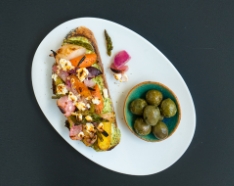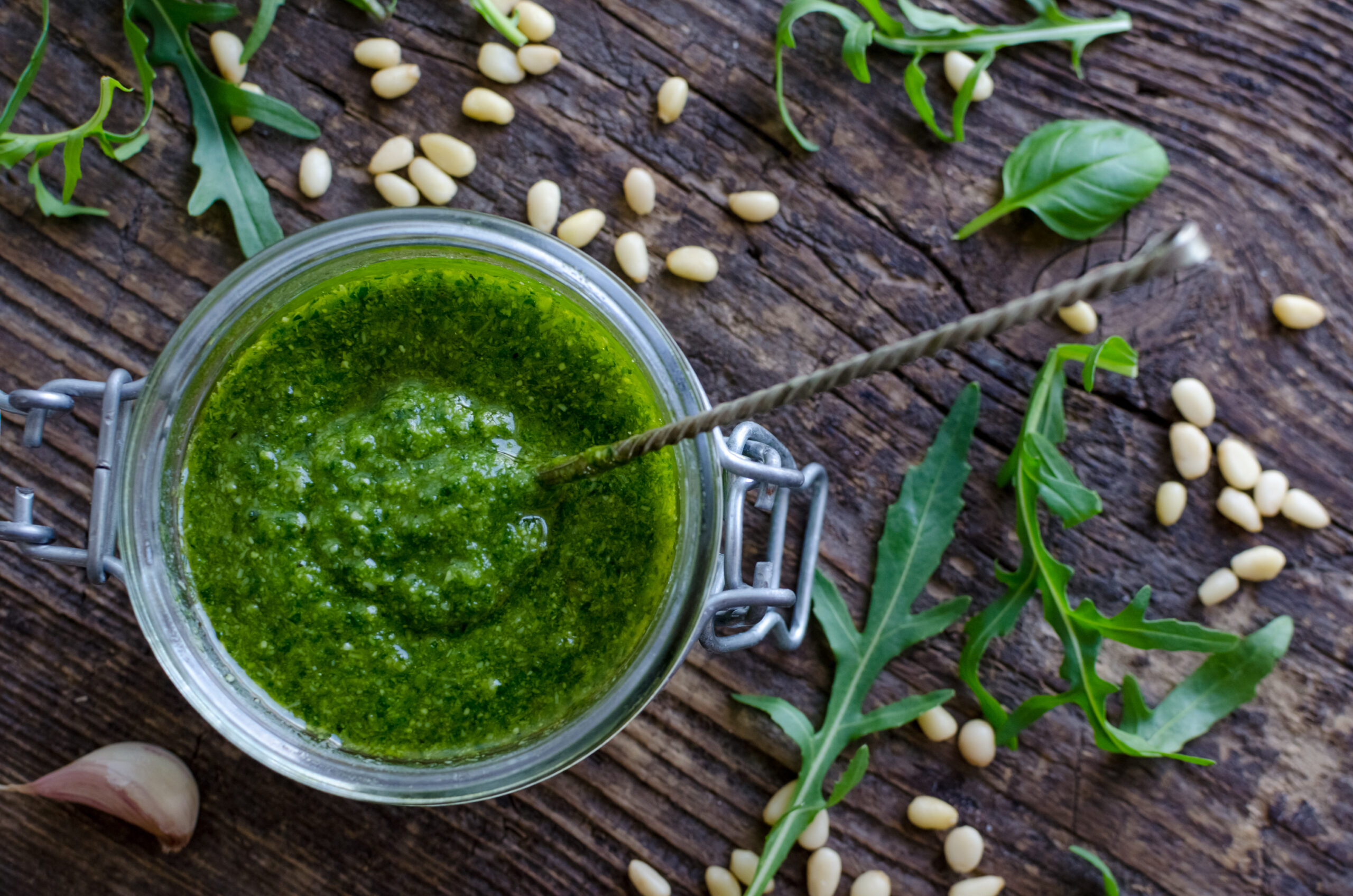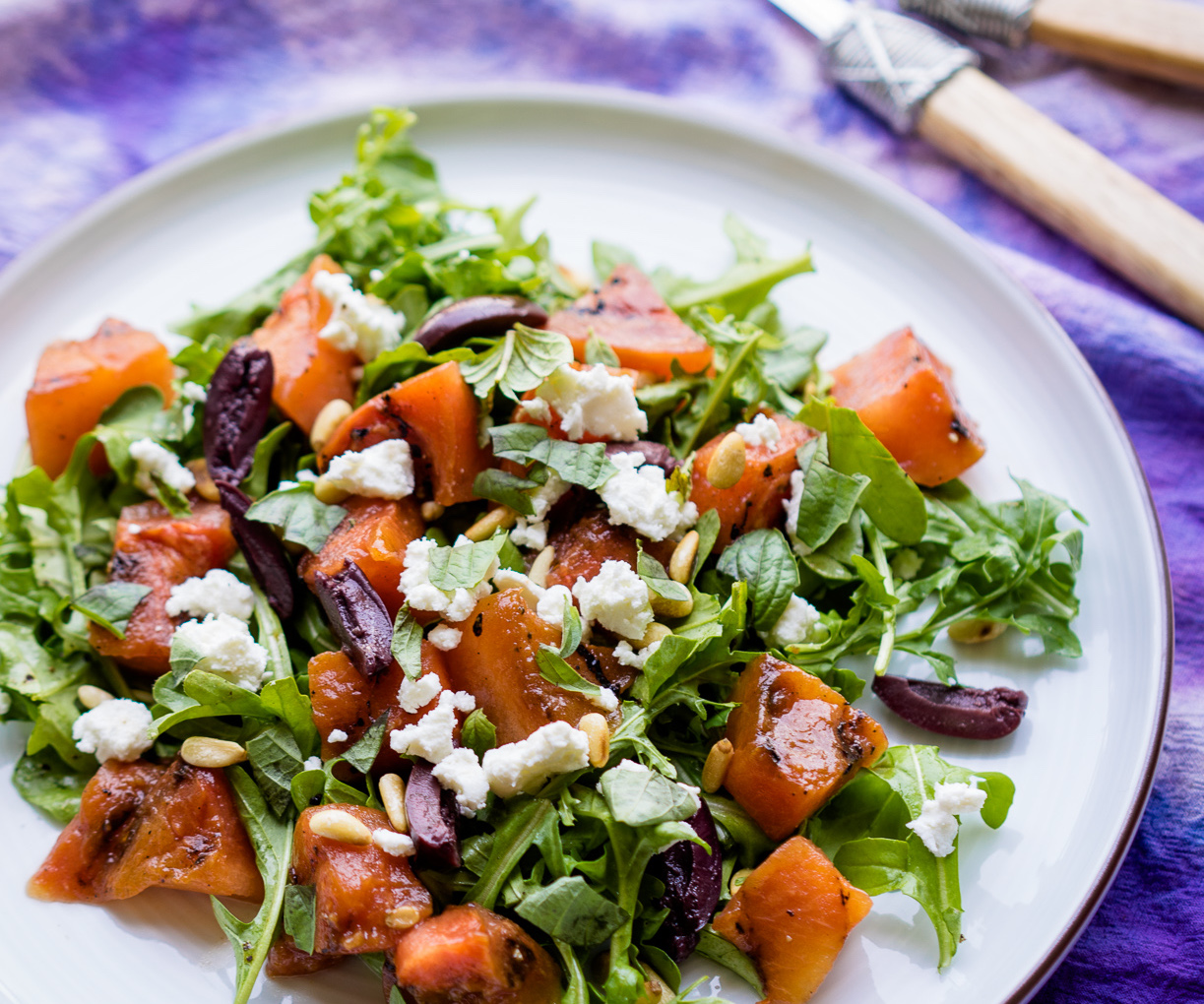Buying eggs used to be so simple: Grab a carton off the shelf, open it to check for any cracked shells and go on your merry way. These days, however, you need to interpret a myriad of claims on the label before deciding which carton goes into your cart. What do they all mean? Read on . . . we've got answers with this guide to eggs.
General Terms: There are a few terms that are found on the label of every carton:
- Grade: Virtually all eggs sold in stores are graded for quality by the USDA. There are three grades: AA (firm, thick whites and high, round yolks with no defects); A (similar to AA, but whites are deemed “reasonably” firm); and B (thinner whites and wider, flatter yolks). Grade A is what’s typically found in stores.
- Size: Size refers to the minimum weight per dozen eggs, as determined by the USDA, rather than the size of the individual eggs. Large (24 ounces per dozen) and extra large (27 ounces per dozen) are the most common.
- Date: Most cartons include both pack and sell-by dates. The pack date (when the eggs were graded, washed and packed) appears as a three-digit code indicating the consecutive day of the year, while the sell-by date appears as an actual date. Eggs are good for three to five weeks past the sell-by date.
- Color: Color is determined by the chicken’s breed, and eggs in stores are white or brown. Heritage-breed hens, like Araucana chickens, produce eggs in a rainbow of hues, from turquoise to coral. Color has little to do with flavor, which is determined by the hen’s diet.
Dietary Claims: When it comes to labels, sorting out a hen’s diet is almost as complex as defining our own:
- Natural: “Natural,” according to the USDA, only means that a product may not contain any artificial ingredients or added coloring–essentially meaningless when it comes to eggs.
- Organic: Eggs certified organic by the USDA means the hens’ feed is organic; in other words, free of genetically modified organisms (GMOs) and animal byproducts, as well as chemical pesticides, herbicides, and fertilizers. Organically raised hens also are antibiotic-free.
- Hormone Free: You’ll often see eggs labeled hormone-free, but since the USDA prohibits the use of hormones in all poultry products, this applies to all eggs.
- Antibiotic-Free: You’ll also find eggs labeled antibiotic-free. The USDA prohibits the use of prophylactic antibiotics in poultry, but some producers still treat sick hens. However, hens generally don’t produce eggs when sick.
- Vegetarian: It seems odd that some eggs are labeled vegetarian, since it would seem all chickens are vegetarian. But conventional feed may include animal byproducts to boost the protein level in eggs, whereas vegetarian hens are fed food with no animal by-products. This label also helps strict vegetarians avoid omega-3-fortified eggs from chickens fed fish oil or marine algae.
- Omega-3: Hens’ feed may include flaxseed, marine algae, or fish oil to enhance the omega-3 fatty acids in their eggs. Similarly, some producers add marigold extract to the feed to boost the lutein (good for eye health) in the yolks.
- Pastured: Pastured is an emerging, unregulated term that producers are adopting to indicate their chickens have unfettered access to the outdoors, where they forage in the grass and supplement their diet with nutritious grubs, worms, and other goodies.
Treatment: There are also a handful of labels that speak to how a hen—and her eggs—were treated both before laying and after:
- Cage-free: Cage-free means hens live indoors–in a henhouse–but are not caged. They may or may not have access to the outdoors, and still may live in overcrowded conditions.
- Free Range: While the USDA defines “free range” for some poultry products, it’s a loose term that merely means the chickens have unspecified access to the outdoors. Another popular, undefined term: free-roaming.
- Trimming: Chickens raised in crowded conditions will peck at each other; so many producers trim their beaks to prevent injury. Producers who don’t engage in this practice will tout “no beak trimming” on the label.
- Humane: Humane Farm Animal Care’s Certified Humane program ensures hens have ample space to nest and perch. However, hens may be kept indoors and beak-trimming is allowed. The Animal Welfare Institute’s Animal Welfare Approved program is more generous with space and movement and prohibits beak-trimming.
- Fertile: Fertile means there’s a rooster living amongst the hens, which some people prefer as more a more natural option. Some believe fertile eggs are more nutritious, which is not the case.
- Pasteurized: Pasteurized eggs have been treated with heat to kill salmonella bacteria and are a good option for using raw eggs in uncooked applications like a salad dressing or if you’re fond of eating raw cookie dough.
By far our favorite choice for eggs though, and the least confusing of them all, is to find eggs from a local farmer (or, in Lia's case, your own chicken coop). The taste and richness are unsurpassed.
















